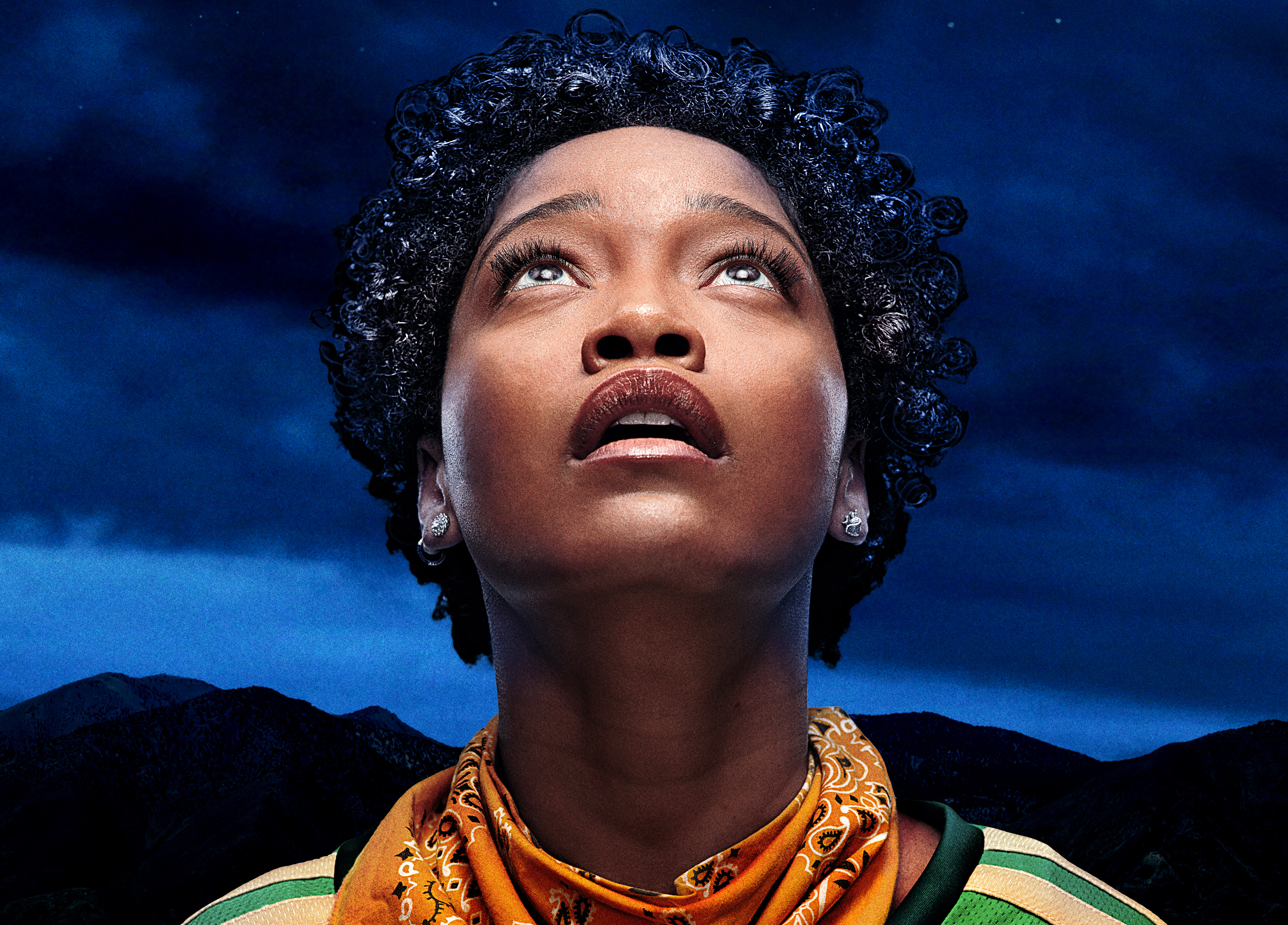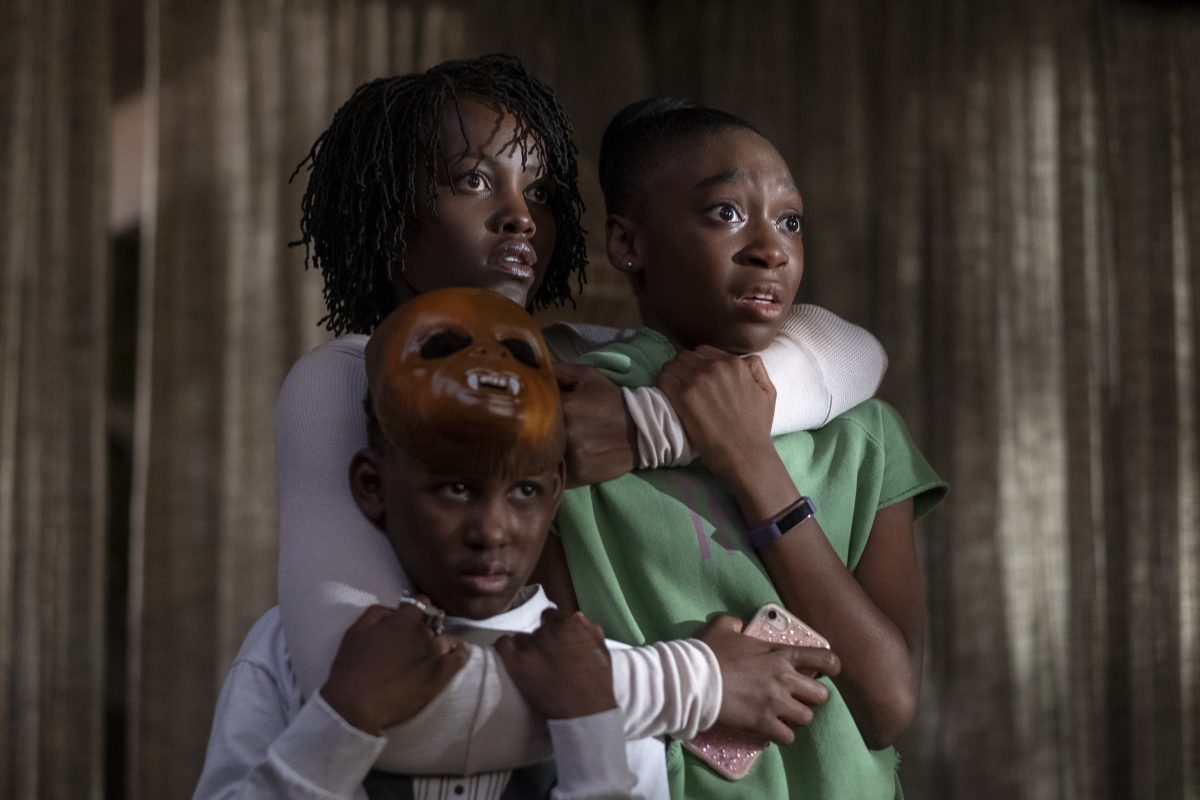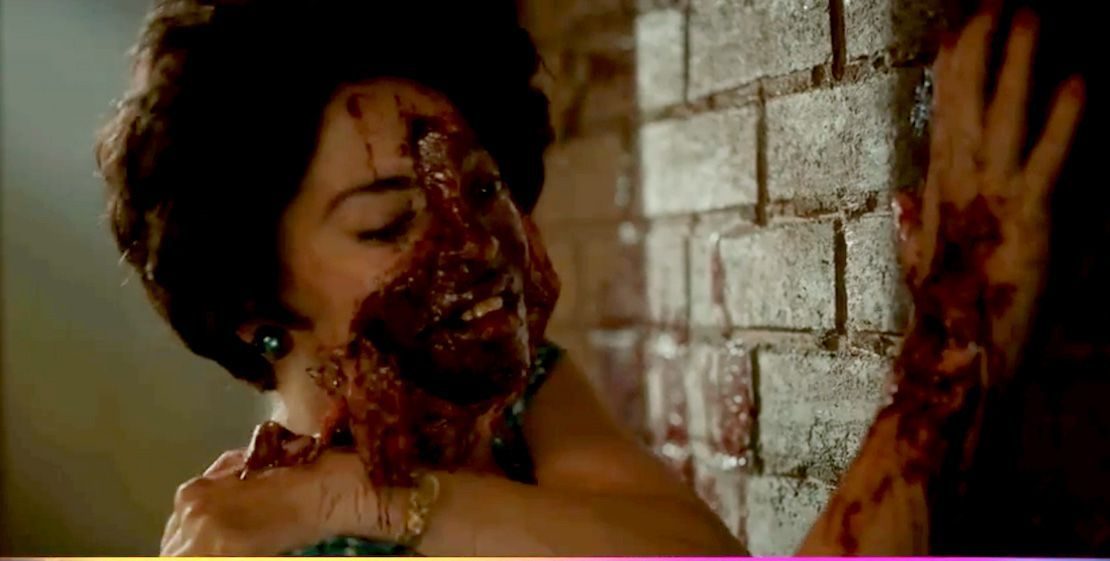
Source: Universal Pictures / Universal Pictures
Since the success of Jordan Peele’s Get Out in 2017, Black-centered horror has taken a rightful place in cinematic history. Films such as The Black Box (2020), His House, (2020), and Candyman (2021) have forced audiences to witness the many nuanced depths of Black pain; — freeing Black representation to dominate more varied spaces.
However, more specifically, Black female inclusion in horror has been a tedious evolution. It is not to declare that Black women have yet to occupy or represent spaces in the cinematic genre. But such spaces, open to nothing but crippling tropes and stereotypes, have stormed a heavy cloud over Black women for decades, depriving us of the possibility to explore and embrace horror on our terms…until now.
Early representations of Black women in horror began in the 1930s with films such as Chloe, Love Is Calling You (1934), Nurse Sherri (1978), and I Still Know What You Did Last Summer (1998) and like characters such as Mammy in Gone with the Wind and Oda Mae Brown in Ghost, these portrayals also possessed the stereotypical makings of racist tropes.
Until recently, Black female horror roles were historically limited to that of the mystic, hypermasculine heroine and the mate. And just as audiences came to presume Black characters would never survive horror films, it became a rite of passage for Black women to be seen in horror movies as nothing more than the vampire/voodoo queen, super strength heroine saving the day, or the sacrificial sidekick in the backdrop of white leads.
In Chloe, Love is Calling You (1934), Georgette Harvey plays the Black voodoo priestess who steals a white baby and raises her as her own. During this period, the mystic role was prominently given to Black women for the sole benefit of their white counterparts. Films such as The Leech Woman (1960), and The Rape of the Vampire (1968), saw the ‘voodoo/vamp woman’ (subgenre to mystic) stereotype reused and overrepresented amongst Black women.
In Nurse Sherri (1978), Marilyn Joi plays a Black nurse who saves the day when her white coworker, Sherri is possessed by the spirit of a cult leader. In later years, horror films transitioned Black characters to hypermasculine or monstrous heroines. Similar movies such as The Horror of Party Beach (1964), and The Beast Must Die (1974) also proved these roles to be walking stereotypes.
In the 1998 sequel, Karla Wilson plays the Black roommate and friend of Julia James in I Still Know What You Did Last Summer. We see similar portrayals in the original Candyman (1992), Scream 2 (1997), and Freddy vs. Jason (2003). Such ‘mate/friend’ roles showed the barriers in the growing representation of Black women in horror; — one that rarely captured our evolving portrayal unless we were the sacrificial sidekick to white leads.
Though the early 2000s continued to replicate such stereotypical characters, such as Queen of the Damned (2002) and Alien vs. Predator (2004), films such as Gothika (2003), showed a slow uprising for Black female representation in horror.
However, perhaps the most groundbreaking period for Black women in the horror genre took place after the success of Jordan Peele’s Get Out in 2017. In 2019, Peele wrote and directed, US, an American horror film starring actress Lupita Nyong’o, who plays the wife and mother of a family tormented and attacked by a group of evil doppelgängers. Lupita’s character in US is portrayed as a loving wife and mother who tries to protect her family and teach her children that the powers of skill and intellect can defeat evil.

Source: Courtesy Universal Pictures / Courtesy Universal Pictures
Such attainable and empowering Black female representation is also demonstrated in Peele’s new film NOPE (2022), starring actress Keke Palmer. Her lead protagonist role as Emerald is portrayed as an amusing, but self-determining sister who collaborates with her brother to capture evidence of an unidentified flying object.
Not only does Jordan Peele’s horror work possess the forethought to express deep-rooted issues in the Black community, but his latest work also centers on Black women without the use of old racist tropes and stereotypes.
Keke Palmer also starred in Alice (2022) who plays an enslaved woman on a 19th century plantation in Georgia. Inspired by the true events of Mae Louise Miller, who escaped from slavery in 1961, Alice sets out to find herself as well as liberate all the slaves she left behind— even if she has to enact revenge to do so.
Although the film was canned by critics, Palmer’s role demonstrated that Black women held the power to save more than just their white leads. They could free themselves without the mystic or monstrous stereotypical trope and they could live to survive it, too.
In addition to NOPE and Alice released earlier this year, African American writer and filmmaker, Mariana Diallo released Master (2022), on Prime Video in January, starring actress Regina Hall. Hall plays Gail Bishop, the newly-appointed and first Black master at an elite New England university, who confronts racist pasts with keen insight and enlightenment.
Master follows two Black women: Bishop and a college student, Jasmine, as they both navigate a heavy world of tortured racism while trying to achieve academic success. Bishop and Jasmine’s portrayals provide a naked emotional center that rightfully commands the audience’s attention.
Coming this December on Prime Video is Nanny (2022). Nanny follows Aisha, an undocumented Senegalese nanny working for an upper-class Manhattan family with hopes of one day bringing the son she left behind to the United States. Aisha’s character appears to paint a portrait of a mistreated woman in a deeply flawed and unforgiving society, which may be all too familiar for those just fighting for safety in a horrific world.
The most recent portrayals of Black women in horror thankfully counter stereotypical tropes of the past — opposing the expectations to glamourize strength and suppress emotion and vulnerability amongst Black women, and freeing us to embrace horror in safer spaces.
Essentially, Black women’s presence in horror reminds us of our most horrifically familiar places accompanied by the possibility that we can overcome them. And such Black female portrayals are empowering Black women on every level in the horror genre; filmmakers, writers, actresses, and creatives such as Misha Green, Nia DaCosta, and Mariama Diallo, to do the same in much more nuanced ways.

Source: VES 2021 / Getty
“The Future of Horror is Female and Black.” — Nikyatu Jusu, 2022
At the end of Master when Gail Bishop realizes how scary racism can be in elite academia, she decides to resign as headmaster at the university. In the final scene, she is approached by security who asks for her faculty ID. Gail tells the officer she doesn’t work at the school and walks away, releasing herself from the racist ghosts of the university’s past that threatened to destroy everything she touched. As the credits roll, Nina Simone’s, “I Shall Be Released” can be heard playing in the background.
Black women don’t always get to release themselves…and that’s the gag.
In a 2020 article from National Geographic, Nicole Johnson contends from research and personal experiences that investing in horror can give us mastery or control over our fears, ultimately becoming the best form of ‘relief and release.’ Studies from 2021 to the present also demonstrate benefits and coping mechanisms from horror movies such as resilience, clear and concise decision-making, improved fear responses, and positive approaches to resolving trauma.
For Black women who face many barriers in mental health care such as high costs, lack of diversity, the cultural stigma around mental illness, emotional hesitations, etc., investing in horror films may provide some release and benefits in overcoming real-world trauma.
Award-winning author, Tananarive Due said that “Horror feels familiar.”
And for many Black women, it does. It is partly why we are leading such an unprecedented era this season. Black women are transcending the old stereotypical portrayals of the past; — offering us the talent we possess; — while also breaking barriers and expanding into new spaces for the next generations to come.
The genre is essentially made for those who have experienced horrific events themselves. Perhaps for us who know fear and danger are just right around the corner, but who choose not to hide from it because it’s inevitable and because we know some fears need to be uprooted so they can be released.
Do we know a more beautiful beast who survives such a horrific world despite the danger and chaos better than a Black woman?
Possessing a deep insight into horrific events, Black women are cultivating a world of horror that allows us to confront the chaos and possibly kill the monsters that impede our lives every day. And the idea that we can, that we possess the ability to kill the monster— those filled with deep racism, discrimination, and sexism— empowers and promises hope for a more safe, equitable future.
Black women have long served disposable and severely troped positions in horror, only to survive or die for their main white characters.
Let there be no shame this season in embracing a world where we’re not concerned about releasing anyone else’s fears but our own.
RELATED CONTENT: TRAILER: Regina Hall Stars In ‘Master’ A Racially Charged Horror About A Haunted University









